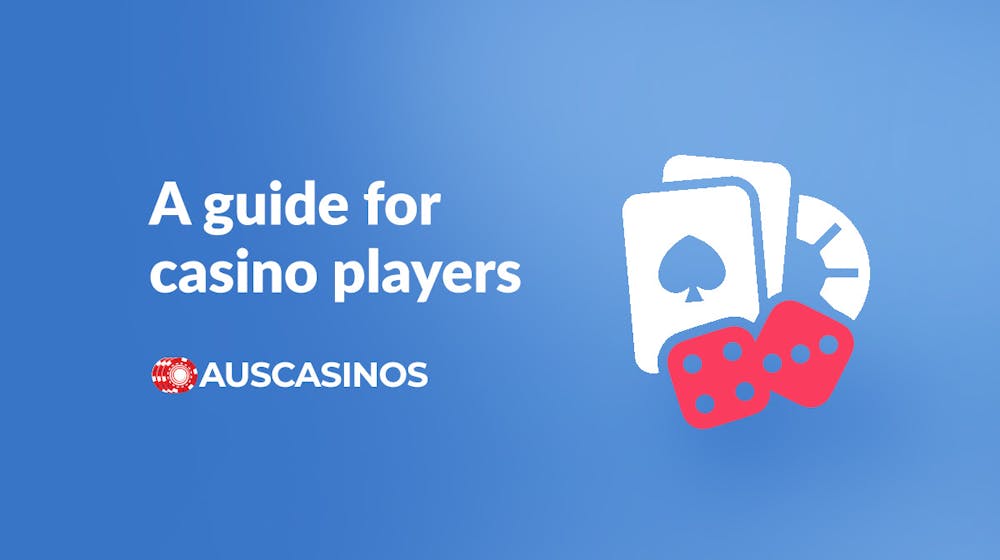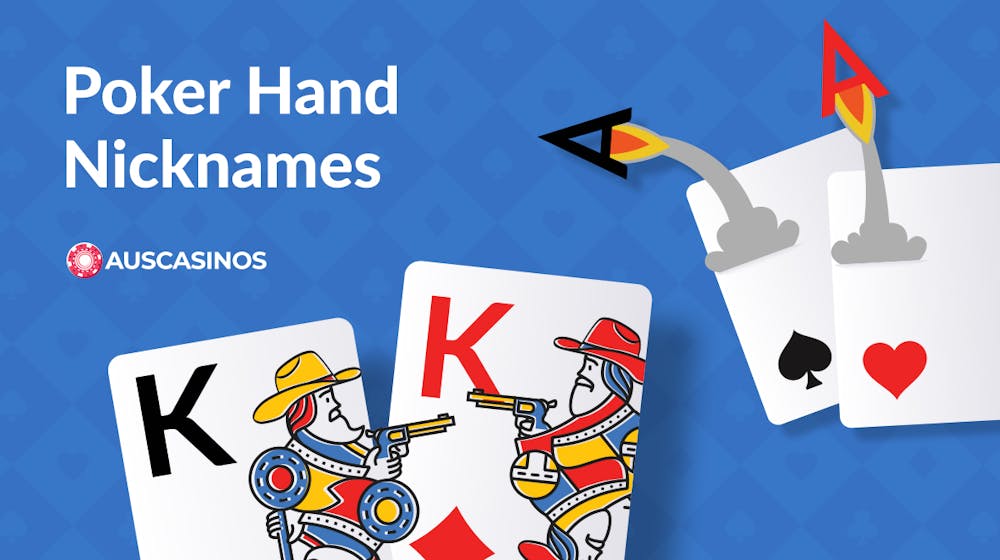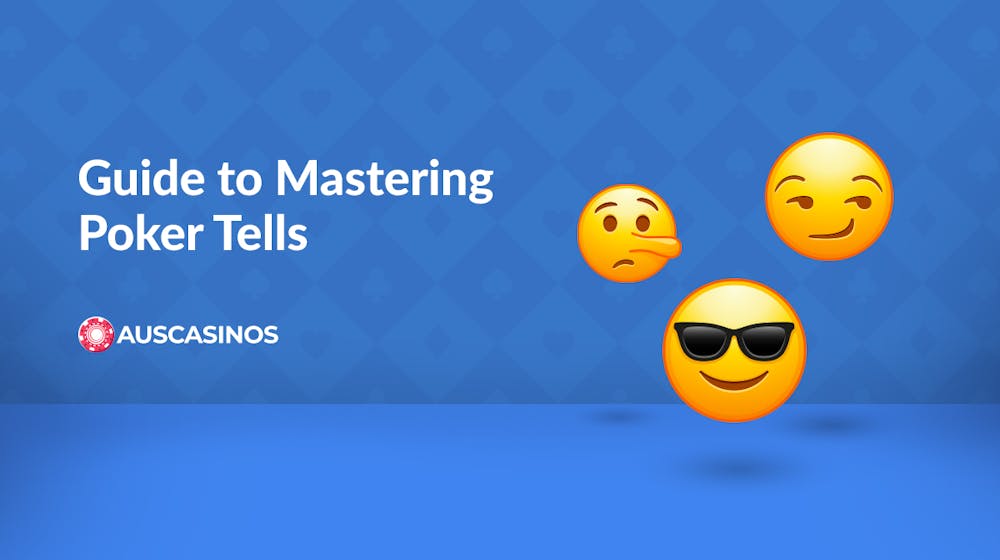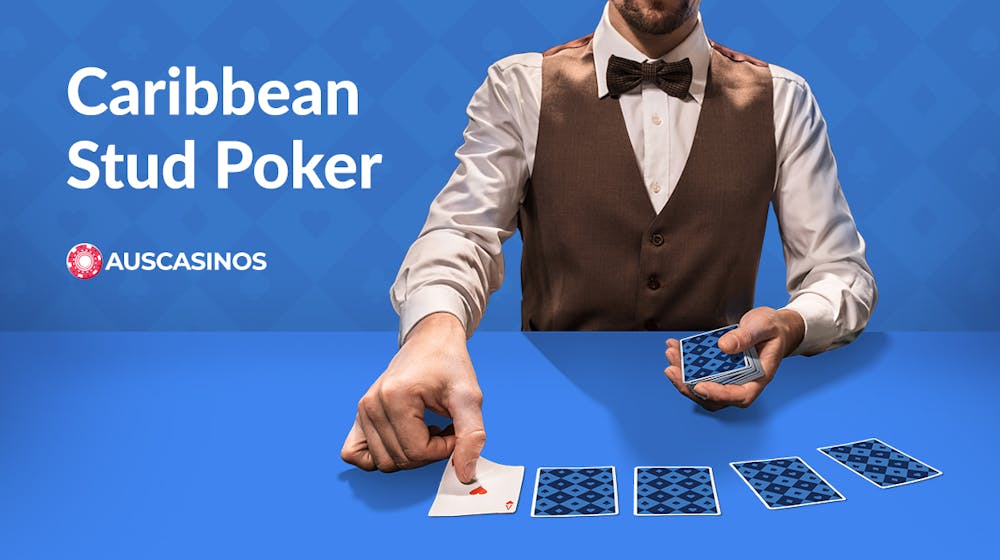How to Play Texas Hold’em: Master Hold’em Rules, Hands & Tactics


Texas Hold'em reigns supreme as the world's most popular poker game, accounting for over 70% of online poker tables.
Known for its fast pace and endless possibilities, Texas Hold'em combines poker strategy, creativity, and excitement. It's not just about the cards; it's about reading opponents, mastering the game, and taking calculated risks.
Nicknamed 'the Cadillac of Poker' by Doyle Brunson, Texas Holdem offers something for everyone. In this guide, you'll learn the rules, betting stages, and hand rankings, and leave confident enough to play online or live.
Texas Hold'em - 4 Key Takeaways
- Correctly sizing your bets is vital to winning at poker.
- It is crucial to consider why you're putting money into the pot.
- When playing online, our Hold'em Starting Hand Cheat Sheet will be a useful guide.
- It is easier to make decisions in late positions than in early positions at the poker table.
Texas Hold'em Rules
The goal in Texas Hold'em is to create the best five-card poker hand using your two hole cards, combined with five community cards dealt face-up on the table. Here are the main rules and betting rounds explained:
Game Setup: The Button and Blinds
The Button:
Rotates clockwise after each hand, determining who will be the dealer and the order of play.
Blinds:
The two players to the left of the button post the small blind and big blind (forced bets that start the action). The big blind must be double the amount of the small blind in Texas Hold’em.

Betting Rounds in Texas Hold'em

1.Pre-Flop:
- Each player receives two hole cards.
- Betting starts with the player to the left of the big blind. Players can only call, raise, or fold.
- The round ends when all bets are equal.
2. The Flop:
- Three community cards are dealt face-up.
- Players can check, call, raise, or fold, continuing until all remaining bets are equal.
3. The Turn:
- A fourth community card is dealt.
- Another round of betting follows, with the same options.
4. The River:
- The fifth and final community card is revealed.
- Final round of betting takes place, and players make their last decisions.
Winning The Game: The Showdown
Players use any combination of their two hole cards and five community cards to create the best five-card hand.
The player with the strongest hand wins the pot.
Making a Hand in Texas Hold'em
Players must use their hole cards in combination with the community cards (the board) to form the best possible five-card hand. This can be done by:
- Using both hole cards with three community cards.
- Using both hole cards with three community cards.
- Using one hole card with four community cards.
- Using all five community cards and ignoring the hole cards.
Texas Hold'em: The Basic Betting Action
Breaking Texas Hold'em down to the basics, the first four actions to understand are the following:

- Call: Matching the current bet made by another player to stay in the hand.
- Fold: Surrendering your cards and exiting the hand, forfeiting any chance to win the pot.
- Check: Passing the action to the next player without betting, which is only possible if no one has made a bet in the current round.
- Raise: Increase the current bet, forcing other players to match or fold. It must be at least double the previous bet or raise, and the player raising must have enough chips to cover the new amount. In no-limit games, the maximum raise can be all of the player's remaining chips (an all-in bet)

Texas Hold'em Poker Blinds and Antes
Poker blinds and antes are a predetermined amount of money that players must put into the pot before seeing their hole cards. Blinds are more common than antes. Blinds put money in the pot, to entice action during a betting round.
Small Blind: The small blind is half of the minimum bet at a given stake. For example, in a $1-2 cash game, the Small Blind will be $1. The small blind can either fold to the BB, complete the bet or raise.
Big Blind: The BB already has money in the pot, and can either check to see a flop, if no player has raised, or has the option to raise. If all players fold around to the Big Blind, the BB player will win the pot by default.

Table Position in Texas Hold'em
Texas Hold'em is typically played with 2 to 10 players at the table and position is extremely important. We will go further into position in poker, in our more in-depth guide. Here are the basic concepts relating to table position in Texas Hold'em:
- Dealer/Button: Considered the most advantageous position, as you act last in every post-flop betting round, allowing you to see how all players act before making your decision.
- Early Position (EP): You act first, making it risky to play weak hands; stick to stronger hands.
- Middle Position (MP): You act after EP but before LP, so caution is needed since players are still to act.
- Late Position (LP): You act last pre-flop, allowing you to base decisions on how others (Dealer, EP, and MP) have played.
- Small Blind (SB): You post a forced bet and act first after the flop, giving you less information.
- Big Blind (BB): You post a forced bet but act last pre-flop, giving you the advantage of seeing others' actions before deciding. After the flop, you act first.

Texas Hold'em Hand Ranking
Knowing poker hand rankings is one of the most important parts of Texas Hold'em.
To win, you’ll need to make the best five-card combination using both, one, or even none of your hole cards with the community cards. Mastering the hand rankings gives you a clear advantage, helping you make smarter bets and decisions as the game unfolds.
Use this chart to master poker hand rankings:

Winning a Texas Hold'em Pot
There are three ways to win a Texas Hold'em:
- Bluffed Pot: A player can win by making others fold superior hands by betting them off of better hands.
- Uncontested Win: All players fold before showdown, so you win a hand uncontested.
- Win At Showdown: If one or more players are still in a pot after the final betting round, the pot goes to the player with the highest-ranking hand at showdown.
Texas Hold'em Poker Starting Hands
In Texas Hold'em, recognizing the strength of your starting hand is crucial to your overall success. The two hole cards you're dealt can determine whether you play aggressively, conservatively, or fold right away. Not all hands are worth playing, so knowing which combinations are “monsters” (strong), like pocket aces, and which are “trash” (weak), helps you make better decisions early on
Let’s take a look:
Monster Poker Hands
Monster hands the best starting hands in Texas Hold'em poker. In almost all scenarios, players will raise preflop with these hands.
Very Good Poker Hands
Very good hands such as JJ and AQ can play well, especially in Late Position in an unraised pot. However, you must be cautious not to overplay these hands.
Okay Poker Hands
The hands below are usually playable in an unraised pot, or to a small raise. Against monster hands, suited connectors - such as 5d6d - can play well, if they connect to a flop and outdraw hands like AA or KK. But, beware, because it is very easy to lose money on a draw. Make sure you have the right pot odds to call.
Speculative Poker Hands
Playing hands like 10 9 is common in a blind versus blind situation. It is not recomended to raise or call a big raise with speculative hands. These hands can be dangerous, because even when hitting a straight or flush, they can be up against a higher straight or flush.
Trash Poker Hands
Unless playing uncontested from the BB or calling a minimum raise, or trying to buy the pot from the button, it is best to fold and avoid playing trash hands. Hands like 72 have very little value, as they don't have many drawing possibilities.

Hold'em Poker Starting Hands Cheat Sheet
Below is a handy guide to Texas Hold'em starting hands. When playing online poker, it is beneficial to have a Texas Hold'em cheat sheet at hand, to help you make difficult decisions on the spot.

Betting in Texas Hold'em Poker
The three key principles of betting in Texas Hold'em poker are:

Why bet?
Whenever you put money into the pot, there should be a good reason for doing so. Optimal bluffing opportunities, such as stealing the BB in an unraised pot, or betting to price drawing hands out of the pot, if you have a strong hand, are good reasons to bet. Always consider why you're betting.
When to bet?
You may have a monster, but choosing when to put in a big raise, to get the maximum value out of a hand, is what will make all the difference to your long-term poker bankroll.
How much to bet?
Choosing the right amount to bet, to either maximize your value with a good hand, or bluff superior hands out of a pot, is a crucial consideration. Your playing style hinges very much on bet sizing. Preflop raises tend to be around 2-4X the BB. But in No Limit Texas Hold'em, bet sizing varies widely.
Texas Hold'em Poker FAQ

Emily is our seasoned content writer. She writes easy to read and helpful game guides, so you can quickly understand the rules of each game and get some useful tips that can help boost your chances of winning.
Read more about the author





